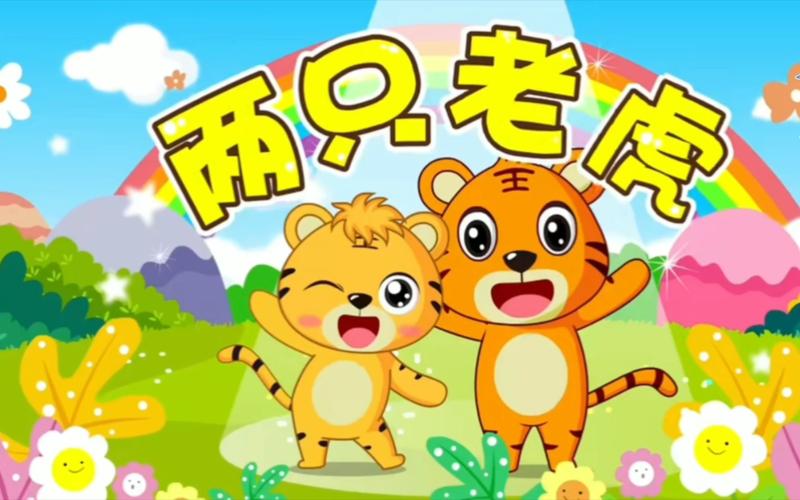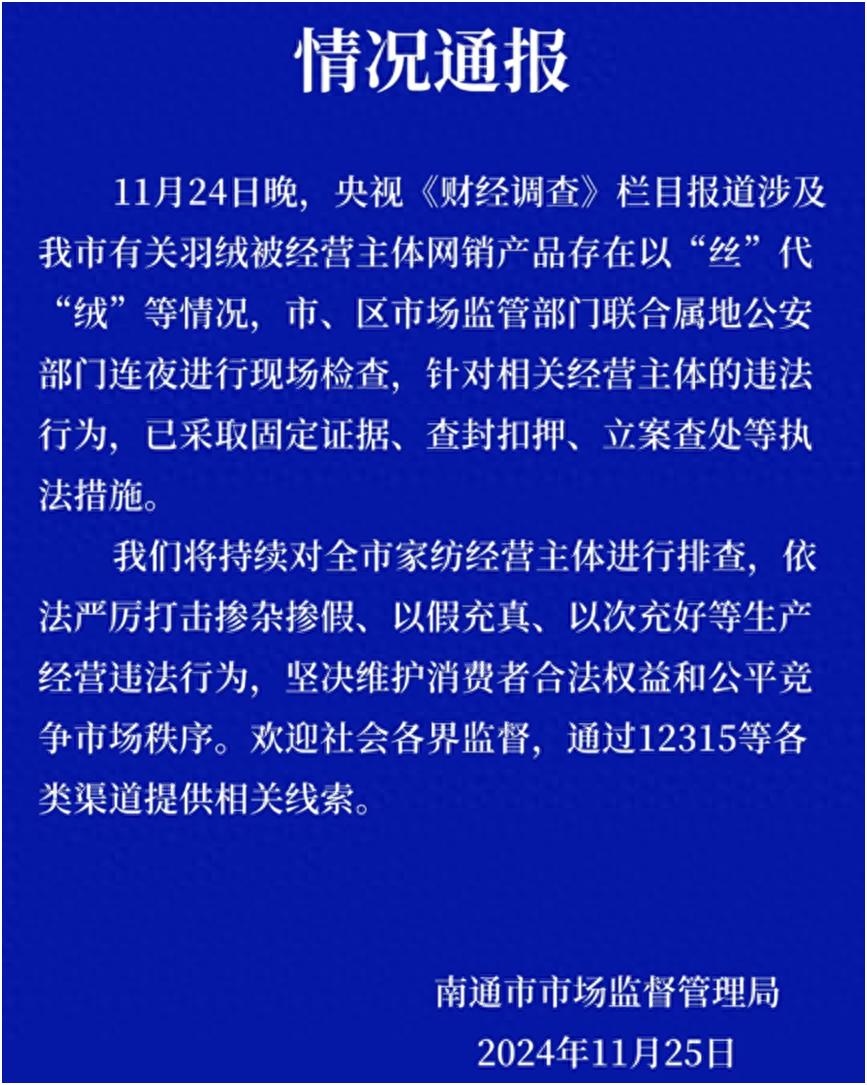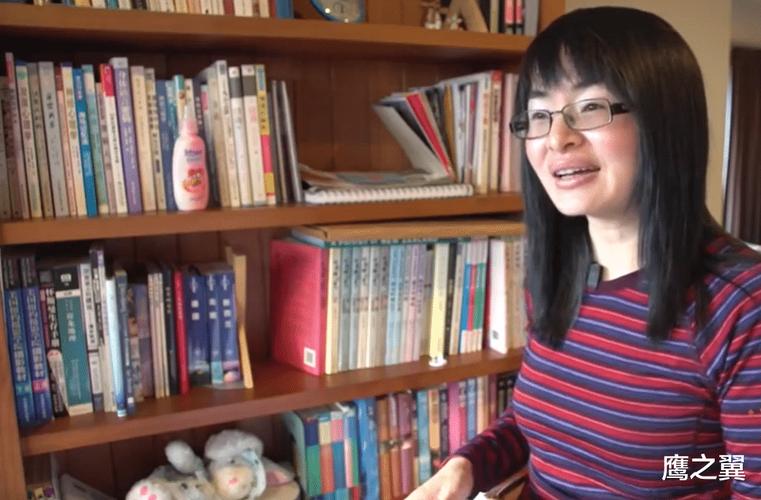两只老虎儿歌英文版歌词
Title: Exploring the Significance of "Two Tigers" in English Nursery Rhymes and Dance
Introduction
The nursery rhyme "Two Tigers" holds a significant place in the realm of early childhood education and entertainment. Originating from Chinese folklore, this rhyme has transcended cultural boundaries, captivating children worldwide with its catchy tune and simple lyrics. In this exploration, we delve into the history, cultural significance, and educational value of "Two Tigers" in the context of English nursery rhymes and dance.
Historical Background
"Two Tigers" traces its roots back to ancient China, where it was known as "两只老虎" (Liǎng Zhī Lǎohǔ). The melody and lyrics have undergone various adaptations over centuries, evolving into the version popularized in Englishspeaking countries. Its migration to the West can be attributed to increased cultural exchange and globalization.
Cultural Significance
Despite its cultural origins, "Two Tigers" has seamlessly integrated into Western childhood culture. Its universal themes of friendship, symmetry, and play resonate with children regardless of their cultural backgrounds. By incorporating elements of Chinese folklore into Western nursery rhymes, "Two Tigers" promotes cultural diversity and fosters crosscultural understanding among young audiences.
Educational Value
Beyond its cultural significance, "Two Tigers" offers numerous educational benefits for young children:
1.
Language Development
: The repetitive nature of the rhyme enhances language acquisition and phonemic awareness. Through singing and reciting, children develop vocabulary, pronunciation, and rhythm.
2.
Numeracy Skills
: The thematic emphasis on "two" fosters early numeracy skills, reinforcing the concept of counting and symmetry.3.
Motor Skills
: When accompanied by dance movements, "Two Tigers" promotes gross motor skills development. Simple actions like clapping, stomping, and gesturing to represent tigers engage children physically and kinesthetically.4.
Social and Emotional Development
: Singing and dancing to "Two Tigers" encourage social interaction and cooperation among children. It provides opportunities for collaborative play and shared experiences, nurturing empathy and interpersonal skills.Guidelines for Incorporating "Two Tigers" into Early Childhood Education
Educators and caregivers can maximize the educational potential of "Two Tigers" by:
1.
Multimodal Engagement
: Encourage children to engage with the rhyme through multiple senses, incorporating music, movement, and visuals. Utilize props, puppets, or illustrations to enhance storytelling and comprehension.2.
Cultural Context
: Introduce the cultural origins of "Two Tigers" to promote cultural awareness and appreciation. Explore Chinese folklore, traditions, and symbolism to enrich children's understanding of diverse cultures.3.
Personalization
: Encourage children to create their own variations of "Two Tigers," incorporating their experiences, interests, and imaginations. This promotes creativity and ownership over the learning process.4.
Inclusive Practices
: Ensure that adaptations of "Two Tigers" accommodate diverse learning styles, abilities, and cultural backgrounds. Provide opportunities for children to contribute their perspectives and experiences, fostering inclusivity and belonging.Conclusion
In conclusion, "Two Tigers" transcends linguistic and cultural boundaries to become a cherished part of English nursery rhymes and dance. Its enduring popularity stems from its universal themes, educational value, and ability to unite children across diverse backgrounds. By incorporating "Two Tigers" into early childhood education, educators can enrich learning experiences and cultivate global citizenship from a young age.
References
Chang, YaHui. "Incorporating Chinese Folktales into the EFL Classroom: Two Examples." *Asian EFL Journal*, vol. 13, no. 3, 2011, pp. 203228.
Faulkner, Linda, et al. "Promoting Literacy through Music and Dance in the Early Years." *Australian Journal of Early Childhood*, vol. 38, no. 4, 2013, pp. 7682.
Wong, SauLan. "Globalization and Hybridization in Cultural Products: The Cases of Modern Chinese Folk Music and Popular Children's Songs." *Popular Music and Society*, vol. 37, no. 3, 2014, pp. 360376.











